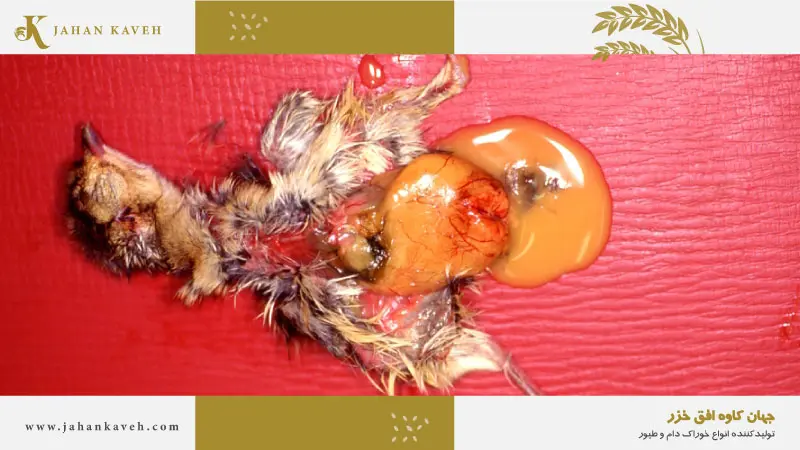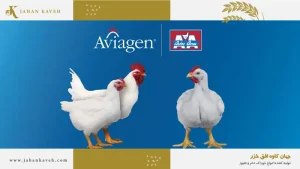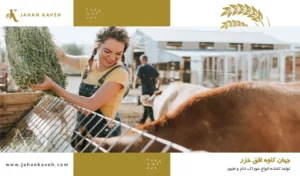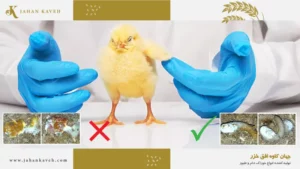Yolk Sac Infection or Avian Omphalitis
Yolk sac infection in chicks is a bacterial infection. The yolk sac provides essential nutrients and antibodies during incubation and the first few days of a chick’s life. However, it can also be a breeding ground for bacteria. This disease is also known as “mushy chick disease” or “omphalitis.”
Yolk sac infection can occur before eggs are placed in the incubator, during incubation, or during chick transportation. Various bacteria can be involved, but the most common, especially up to seven days of age, is Escherichia coli, or E. coli for short. This infection primarily affects chicks up to seven days old, with the highest mortality rate typically occurring between three and four days of age.
Clinical Signs of Yolk Sac Infection or Omphalitis
Early chick mortality (ECM) is a significant factor affecting poultry production quality. Yolk sac infection (YSI) is one of the most commonly reported causes of ECM.
Omphalitis, or yolk sac infection, occurs in young poultry. Contaminated and dirty environments with higher bacterial loads increase the likelihood of infection. Poor chick quality, manifested by yolk sac infection, leads to increased mortality, delayed growth, and reduced carcass quality within the first two weeks of post-hatch rearing. Bacterial infection of the yolk sac causes its degeneration and decomposition, depriving chicks of nutrients and maternal antibodies. This increases the risk of subsequent infections in the chick.
Clinical signs of omphalitis or yolk sac infection in poultry include:
- Navel inflammation: Swelling and redness around the navel
- Abdominal swelling: The bird’s abdomen is swollen and enlarged.
- Wet or open navel
- Discoloration of navel: A black spot on the abdomen
- Adhesions around the vent: The area around the bird’s vent becomes soiled due to watery and sticky feces.
- Unabsorbed and enlarged yolk sac
- Foul odor: A rotten egg smell
- Weakness and depression: The bird is listless and has low energy. The bird’s head is drooping and facing downwards.
- Closed eyes: The bird is reluctant to open its eyes.
- Decreased appetite: The bird shows no interest in eating.
- Decreased chick weight gain: They cannot gain weight and mortality rates increase from hatch to two weeks.
- Ruffled and dull feathers
- Diarrhea: The bird’s feces are watery and loose.
- Huddling near the heat source: Chicks lower their heads and huddle near heat sources.
- Occasionally respiratory distress: Due to the bird catching a cold
- Death within the first 2 weeks post-hatch: Affected chicks or poultry usually appear normal until a few hours before death.
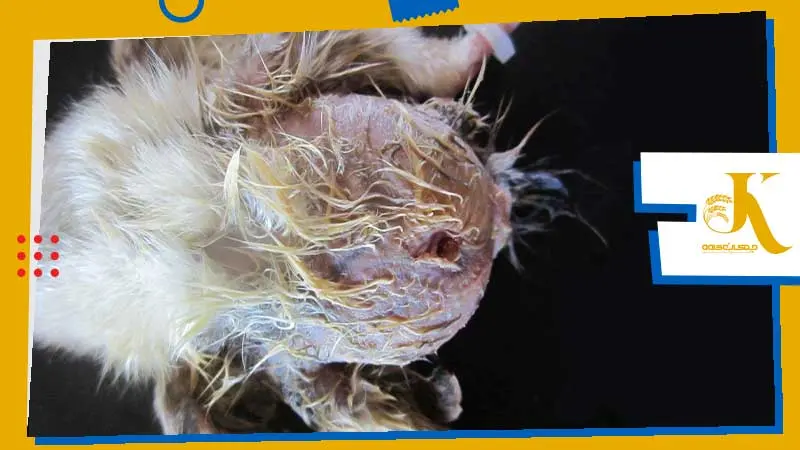
Post-mortem lesions of yolk sac infection in chicks
Young chickens are dehydrated and have a fixed, unabsorbed yolk in the body cavity, which may be congested and malodorous, and may contain solid yolk material (see image of yolk sac infection). There may be extensive peritonitis.
The chick’s yolk sac is usually enlarged and congested after death and often has a foul odor and is watery. The abnormality of the yolk sac contents varies depending on the type of bacteria involved. The skin over the chick’s abdomen may turn blue or green. The chick’s gallbladder is enlarged and its yolk sac is empty. Also, sometimes unhealed navels can be seen on the surface of the chicks’ abdomen.
Diagnosis of the bacteria involved in chick navel inflammation
A presumptive diagnosis of yolk sac infection can be made based on the chick’s age and typical lesions. A definitive diagnosis can be made by isolating and identifying the involved bacteria. After diagnosis, depending on the type of infection, certain antibiotics are recommended. If testing is not performed and various types of antibiotics are used for the flock, the outbreak may be prolonged or even untreated.
Causes of Yolk Sac Infection or Mushy Chick Disease
The primary cause of omphalitis in poultry is the contact of the open navel with contaminated surfaces. Before the navel completely closes, young poultry exposed to contaminated environments (including dirty eggshells) allow bacteria to penetrate the yolk sac. Infected live chicks can also contaminate other chicks.
Opportunistic bacteria frequently causing outbreaks include coliforms, staphylococci, streptococci, Enterococcus spp., Pseudomonas spp., and Proteus spp.
Common causes of yolk sac infection or omphalitis:
- Vertical transmission from breeder hens: In older breeder hen farms, the infection load is typically higher. Consequently, if breeder hens are infected with bacteria, the disease can be transmitted from the mother to the embryo in the egg.
- Inadequate disinfection of the breeder hen farm: Poor disinfection of the poultry house increases the bacterial load in the environment and increases the likelihood of breeder hen contamination.
- Thin eggshells: Thin eggshells allow bacteria to penetrate the egg.
- Old incubators: When incubators are used for many years, the bacterial load increases.
- Failure to clean incubators during incubation or between flocks
- Presence of dirty eggs in the incubator
- Transmission via salpingitis (oviduct infection)
- Infrequent egg collection: If eggs remain in one place for a long time, the appropriate humidity and temperature for bacterial growth are provided. These bacteria can penetrate the egg through pores and cause infection.
- Fluctuations in cold storage temperature or prolonged egg storage in cold storage
- Low humidity in the incubator: Low humidity causes the yolk to dry and adhere to the inner wall of the chick’s body, increasing the possibility of bacterial entry.
- Inappropriate humidity and temperature in the chick rearing house: When the environment where chicks are growing is too humid or hot, these unfavorable conditions can cause many problems for the chicks.
- Late sale of day-old chicks: When newly hatched chicks are kept in the hatchery for a long time and cannot be quickly transferred to the broiler farm, they are forced to feed on the yolk sac for a longer period. This causes the yolk sac to remain larger than normal.
- Sudden temperature changes in the broiler farm: Severe temperature changes in the incubator can stress the chicks and weaken their immune systems.
- Broiler litter: However, improper temperature in the chick house, overcrowding, placing chicks on used litter, an inadequate number of drinkers, and contaminated drinkers
- Lack of hygiene in the chick rearing house: Poor hygiene in the rearing environment and equipment can transmit bacteria to the chicks.
- Late feeding of chicks: Contrary to old beliefs, reaching food helps the chick absorb its yolk sac. It should also be noted that lack of sufficient water or inadequate access to drinkers may also cause yolk sac infection. This is because the chicks, due to thirst and heat, have no appetite for food. Especially the use of ready-made feed with prebiotics and probiotics.
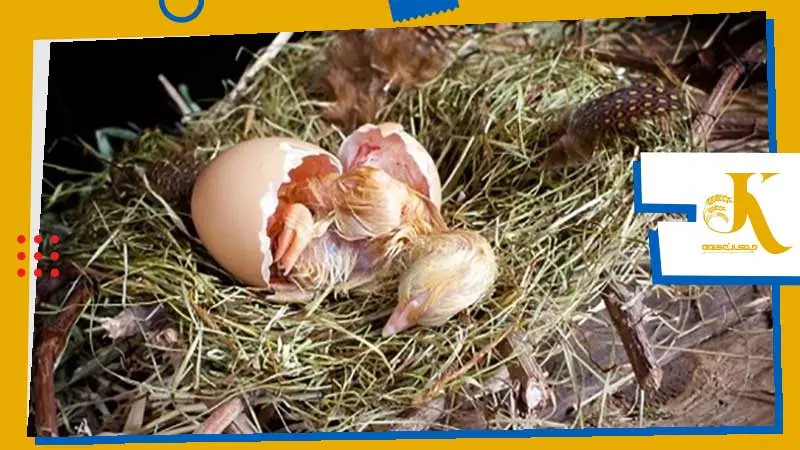
Treating Mushy Chick Disease: Best Practices for Yolk Sac Infection
There’s no specific cure for omphalitis in poultry. When the infection is severe or detected late, treatment is often ineffective, and a high percentage of chicks will die. However, poultry farmers typically begin by taking samples to identify the specific bacteria and then start treatment accordingly. Based on the type of bacteria, poultry farmers use common antimicrobials.
Some articles suggest disinfecting the chicks’ navels. Iodine has been recommended for this purpose. However, this is impractical for large numbers of chicks in commercial poultry farms.
Poultry disease textbooks recommend tetracycline in drinking water for coliform bacteria. A 2024 article on omphalitis in broiler flocks infected with Escherichia coli, Salmonella, and Staphylococcus aureus strains reported that Escherichia coli and Salmonella strains isolated from the samples were sensitive to gentamycin and tetracycline antibiotics. This means these antibiotics can effectively kill these bacteria.
Another article on Poultry DVM recommends using amikacin or tobramycin for 72 hours to treat navel infections in chicks.
It’s crucial to pay attention to ventilation and temperature in the poultry house. Cold drafts should never be directed at the chicks. The floor and walls should not be cold. Additionally, pay special attention to the chicks’ nutrition. Using electrolytes alongside probiotics and prebiotics can aid in the treatment process.
Ultimately, we recommend consulting with a specialist to select the appropriate antibiotic for treating navel infections after careful evaluation. Prevention is always better than cure. Therefore, implementing effective management practices in the breeder farm, hatchery, during transfer, and in the rearing house is more important than treating the disease.
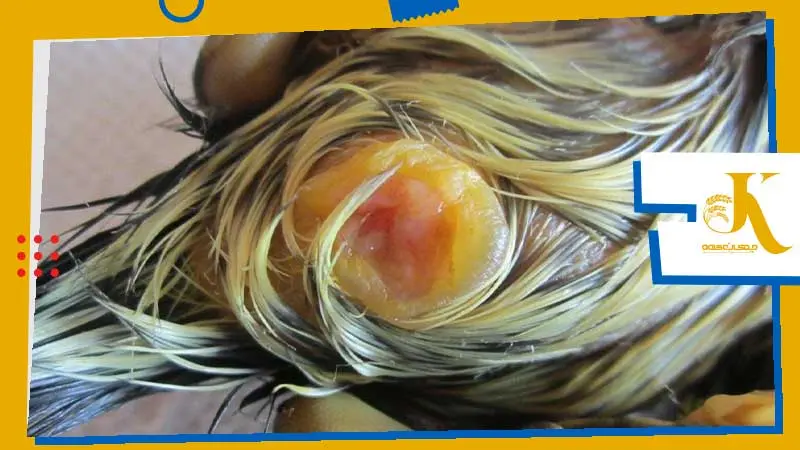
Preventing Yolk Sac Infection in Chicks
Given the reasons discussed in the previous sections, preventing mushy chick disease is of paramount importance. To prevent navel infection in chicks, poultry farmers need a robust biosecurity program and adherence to sanitary principles. Some of the measures that can be taken to prevent yolk sac infection, especially in breeder hens, include:
- Using healthy and clean eggs: Ensure the health of the eggs before placing them in the incubator.
- Strict control of temperature and humidity in the incubator: Maintain temperature and humidity within the appropriate range.
- Maintaining hygiene in the incubation environment: Regularly clean and disinfect equipment and the incubation environment.
- Keeping the area clean
- Keeping eggs clean before placing them in the hatcher: Ideally, the breeder hen should have a nest box to lay eggs, preventing contamination from the dirty floor.
- Removing contaminated eggs from the hatcher
- Frequent egg collection: If infertile or dead embryos remain in the incubator, they can contaminate the incubator with bacteria, especially if they rupture.
Therefore, it is crucial to purchase chicks from a reliable hatchery. During transportation, it is also very important that the environment and transport boxes are clean and disinfected. The temperature of the vehicle should be appropriate, and the chicks should not be exposed to excessive cold or heat. Extreme cold or heat during transportation accounts for approximately half of omphalitis deaths in the first week after hatching due to Escherichia coli and Enterococcus faecalis infections.
Before the chicks arrive, it is essential to prepare the house for their arrival. Preparing the house is a very precise task, and neglecting any step can jeopardize all your efforts.
Ensure that the house temperature is suitable for the chicks before their arrival. The walls and floor should be warm. Cold walls and floors predispose chicks to yolk sac infection, especially during the night between 3 and 6 am when the temperature drops. Cold prolongs yolk absorption, consequently increasing the absorption of bacteria such as E. coli, Campylobacter, and Staphylococcus. In cold seasons, especially winter, try to receive chicks during the day.
Keep the house warm before the chicks arrive. Ensure that there are no cold drafts in the poultry house, especially at ground level where the chicks are. Prepare the chicks’ feed and water in advance. Eating food helps absorb the yolk sac faster.
After the chicks arrive, it is very important to provide the chicks with feed and water. Feed helps absorb the yolk sac. The yolk sac contains nutrients that are transferred from the mother to the chick. The sooner these nutrients are absorbed into the chick’s body, the more resistant the chick’s body becomes to diseases, and the less likely it is to become ill.
Article: Poultry house preparation

